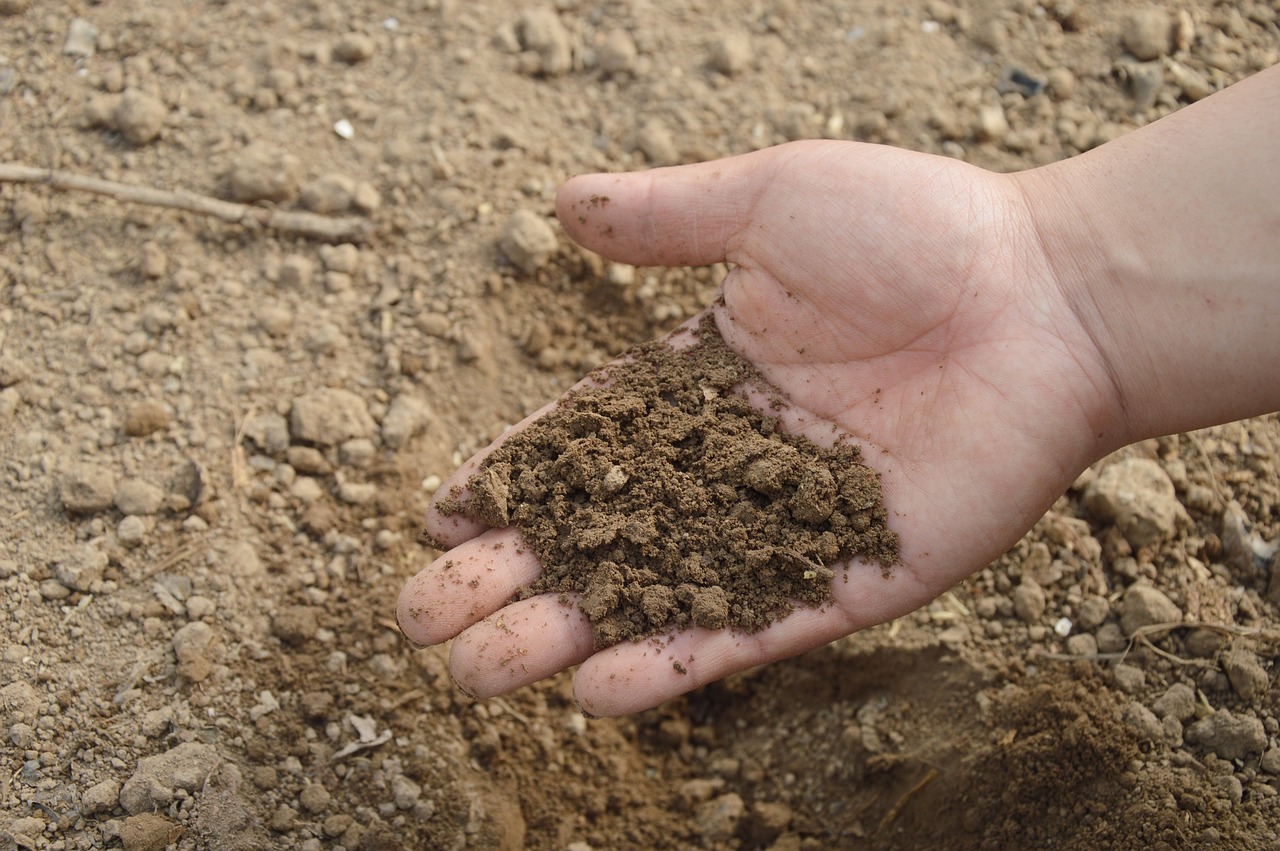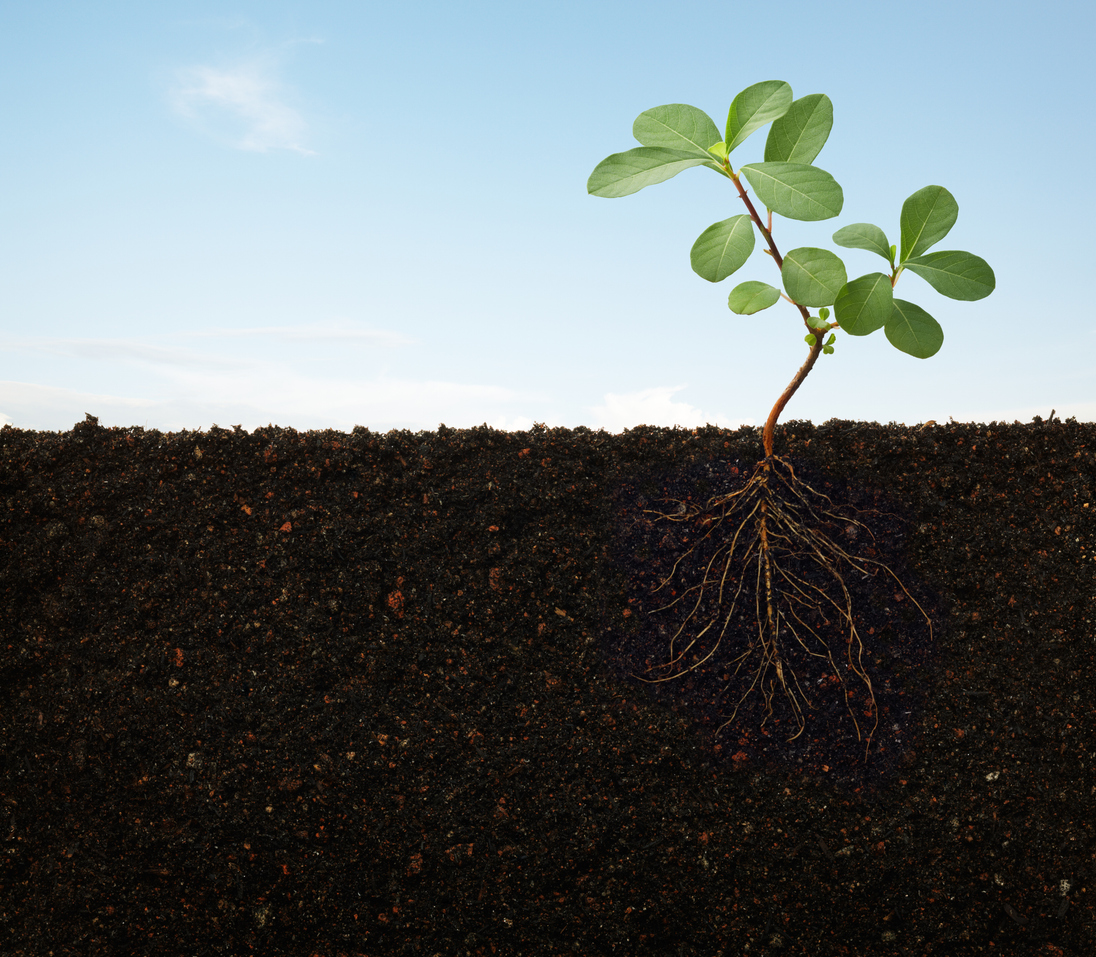What's Bugging You?
Students examine how pests affect other living organisms and the environment and identify how pests are managed in agricultural settings.
Students examine how pests affect other living organisms and the environment and identify how pests are managed in agricultural settings.
Students work in teams to play a game in which they answer true/false questions about swine and then research and develop questions of their own.
Students observe how plants respond to gravity by germinating soybeans in a CD case and rotating the case as they grow.
Students compare agricultural inventors and inventions by creating a timeline of important dates, explore cattle flight zones, and work as agricultural engineers to design a corral system that uses the research of Dr. Temple Grandin.
Students determine the importance and complexity of the Earth’s soil.
Students observe and explain the decomposition process and identify the methods and ingredients for making compost.
Students discover the geographic regions where basil, oregano, and cilantro have cultural significance, understand the role of evaporation in herb drying, and recognize the different properties of dried and fresh herbs.
Students evaluate the function of plant stems and identify edible stems belonging to certain plants.
Students identify basic animal behaviors, hypothesize what causes them, and discover the responsibilities of an animal physiologist.

Students discover that different soils have different characteristics, examine different types of soil, investigate soil components, and observe how air space allows soils to hold and transmit water.

Students discover how plants and soils interact by observing root growth, considering the function of a plant’s roots, modeling the movement of water into the roots, and investigating the movement of water and nutrients throughout the plant.
Students determine that although plants and people obtain nutrients differently, they both need proper amounts of nutrients to grow and be healthy.